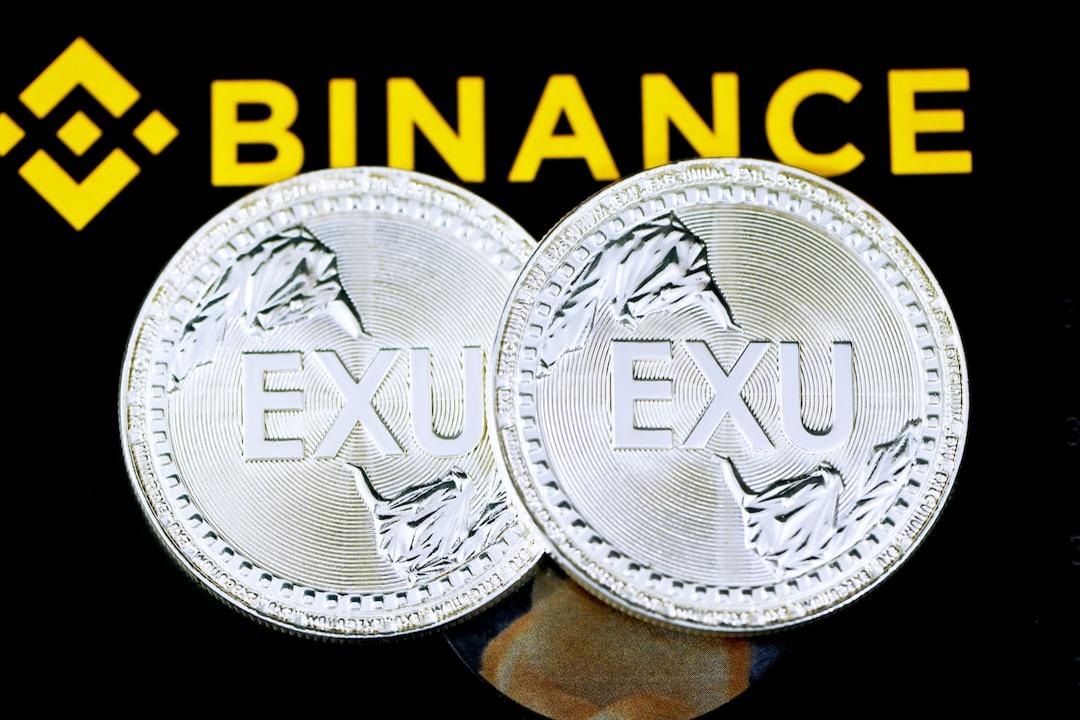Kaito may be standardizing the criteria for content creation evaluation, binding creators into a system driven by “algorithms” and “scores”.
(Background: What is Kaito? An AI-driven crypto intelligence aggregation platform: A comprehensive overview of its features, team, and tokenomics)
(Supplementary Background: Will “creator tokenization” be the next hundred billion dollar narrative?)
Is it “Yap-to-Earn” or “Earn-to-Leave”?
In the world of Crypto, “attention” is gradually becoming a tradable asset. Kaito has emerged as a star project in the InfoFi space against this backdrop. Backed by top-tier capital such as Dragonfly and Sequoia, Kaito was once viewed as an innovator in “information financialization.” However, just a few months have passed, and more voices are beginning to question its algorithmic mechanism and ecological impact. Kaito aims to capture users’ attention through AI algorithms, but currently, the community seems to have lost patience first.
Is the creator ecosystem being disrupted?
The issue of content quality has been a topic of controversy since Kaito introduced its “Yap-to-Earn” mechanism. The X platform is filled with similar “industry in-depth analysis” posts that, while appearing to be rich with professional terminology and structured analysis, are in reality hollow, with interactive content reduced to formality, low efficiency, and repetition, created solely for profit.
Community member @0xcryptoHowe described Kaito’s dissemination mechanism as “crypto version elevator advertising.” He pointed out, “The long-tail traffic effect of Kaito is essentially like elevator advertising, constantly repeating content in a closed space, streaming at different times.” For the audience, this is indeed a method for rapid memory and exposure, but the accompanying problem arises: when the platform is occupied by “homogeneous content,” KOLs are pushed by algorithms to repeatedly produce content, ultimately forming an information closed loop—like being trapped in a “sealed elevator” that continuously plays advertisements, making it difficult to access genuinely valuable new content.

At the same time, Kaito’s mechanism has been criticized for “leeching” traffic from mid-tier creators. Crypto KOL @connectfarm1 pointed out that some mid-tier accounts, whose single content is valued at $500 or more, are willing to accept compensation far below market value due to Kaito. This strategy not only depresses the actual value of the content in reality but also forces some creators to express only 50% or even less of their potential.
Kaito may be standardizing the criteria for content creation evaluation, binding creators into a system driven by “algorithms” and “scores.” As community user @0xBeliever stated, “There are many criteria for KOL evaluation, but Kaito’s emergence has made it somewhat singular.”
Frequent team missteps
In addition to the controversy over its mechanism, Kaito’s team has recently encountered some minor issues in its operations. On March 16, Kaito AI and its founder Yu Hu’s X account were hacked. Team member Sandra posted on the X platform, stating, “The attacker chose to launch the attack in the middle of the night in Yu Hu’s time zone, taking control of the account while he was asleep.”
Shortly after, on April 27, founder Yu Hu announced that the platform accidentally backfilled the new algorithm over the past 12 months, causing users to see data over a longer-term window, while the front-end data appeared incomplete.
Although the two incidents did not result in severe consequences, the consecutive minor flaws also raised concerns about its stability.

The algorithm controversy of “relationship-oriented” scoring
Kaito’s core selling point lies in its AI-driven content scoring algorithm, which claims to identify valuable Web3 content. However, as users delved deeper into its usage, the algorithm has frequently sparked controversy.
User @Jessethecook69 climbed to the ninth position globally and first in the Chinese region on the Kaito Yapper leaderboard within just 24 hours, solely based on three pieces of “borderline” content. This raises the question: does this algorithm truly filter valuable information?
Many users pointed out that Kaito gives low weight to reading volume, with the algorithm focusing more on interaction performance among high-influence accounts. Unfortunately, some ICT (Inner Crypto Twitter) began to “circle the wagons,” further amplifying this algorithmic bias.
Crypto KOL @sky_gpt bluntly stated that Kaito’s algorithm is essentially designed to seize the KOL institutional market, severely damaging the ecosystem for ordinary creators. He noted that a piece of his own dry content valued at 300,000 received a score almost identical to a $2,000 advertisement post purchased by a project, while non-Kaito related content was systematically suppressed by the algorithm. “The top 50 KOLs are making a killing,” he wrote, “Kaito is cutting off the pathway for newcomers to rise.”

As newcomers are trapped by the invisible ceiling of the algorithm, and creators are forced to cater to algorithmic preferences, we cannot help but ask: is an AI-driven content platform reshaping the information order, or merely replicating old power dynamics?



